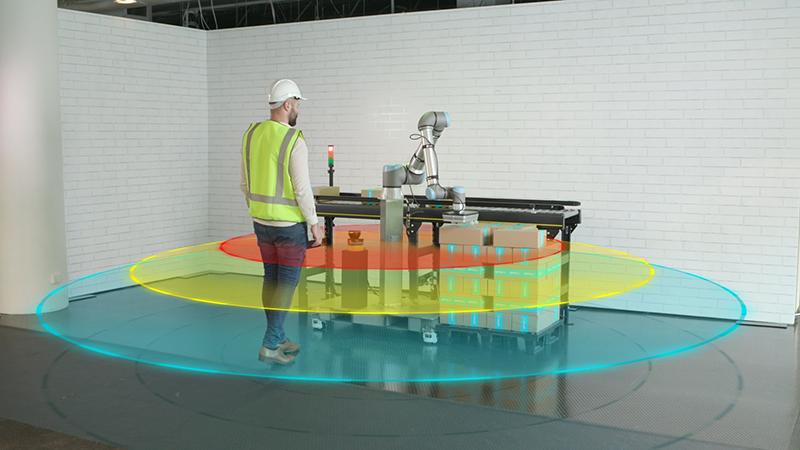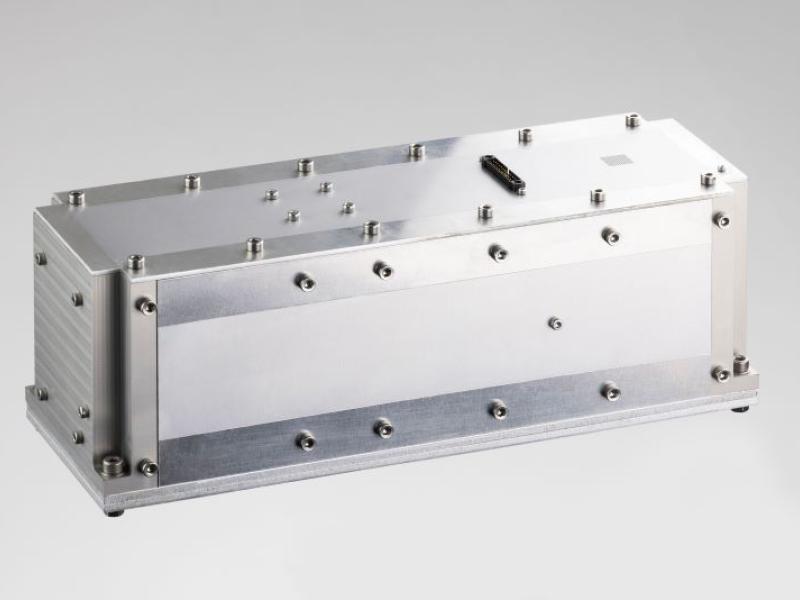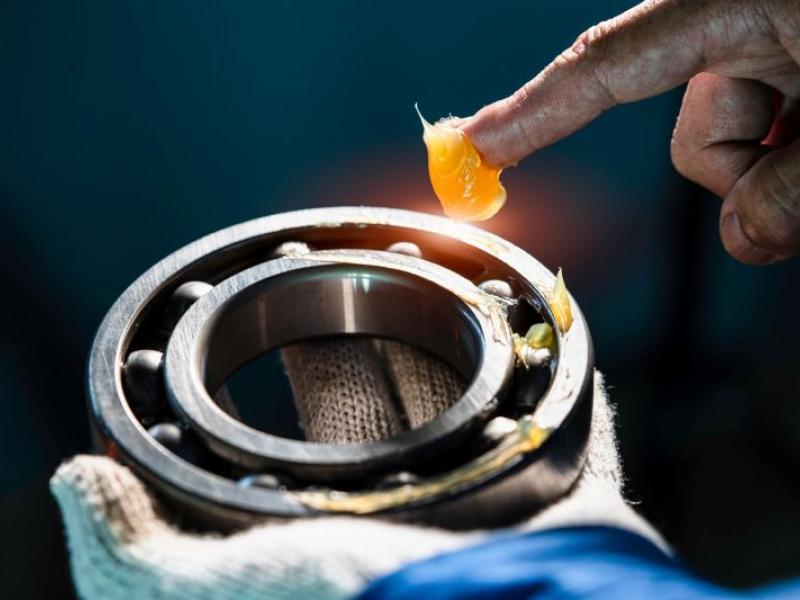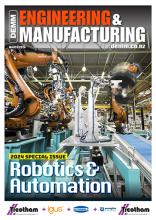By Chris Mitchell, Managing Director Optus Enterprise
As Industry 4.0 matures in Australia, robots and automation are taking centre stage, changing the face of factories as we know them. Robots with embedded wireless connectivity is the future and will be able to integrate in a seamless and reliable manner, leveraging the capability of the 5G network.
This is truly a cordless revolution in the making – untethering robots, sensors, and other machines from fixed cables.
To test out the potential for 5G to replace fixed wire connectivity in an industrial setting, Optus joined forces with industry leaders Ericsson (network enablement), SICK (safety sensors) and Universal Robots in the first-ever demonstration of 5G mmmwave Ultra Reliable Low Latency Communications (URLLC) technology in Australia.
Ultra-Reliable Low Latency Communications technology, URLLC in short, is the next wave of 5G capabilities that is going to be a game changer for enterprise.
Traditionally, only fixed wire networks have been able to deliver the reliability and low latency needed for real-time communications in industrial environments. However, this not only limits where machines and devices can be located, but the cables can also pose a safety hazard for workers.
5G now changes what is possible, thanks to its URLLC capabilities. This technology was introduced to 5G to support use cases with stringent requirements for extremely low latency and high reliability, including industrial automation, public safety, remote diagnosis/surgery, emergency responses, autonomous driving, and smart energy systems.
Cutting the cord at the Optus campus
At the Optus campus, Optus and Ericsson successfully tested 5G’s URLLC capabilities with real-life industrial automation applications that were provided by our industry partners, SICK and Universal Robots.
In the demo, safety sensors monitored a robot that was performing box pallet operations at regular speed. When a human approached the robot, real-time communication from the sensors to the robot over 5G URLLC caused the robot to slow down or stop instantly, helping to ensure the safety of the worker.
The demo utilised 3GPP URLLC specifications, running over 5G SA (Stand-Alone) architecture and mmWave (millimetre wave) radio, and achieved one way network latencies of < 1ms and reliability of 99.999%.
This near-instant response with guaranteed reliability is not possible through traditional Wi-Fi or pre-5G mobile networks.
Enterprise customers in port operation, factories, warehousing, and distribution centres will benefit from Robots with embedded wireless connectivity that makes them easy to integrate in a seamless and reliable manner.
Factory firsts
With 5G URLLC, machines will no longer require wired network connections and will generally require only a power connection to function, usually widely available in a factory. This means the production setup can easily be changed and units moved around on a day-to-day basis to maximise efficiency. (For example, a machine can be easily reconfigured to run on multiple factory lines.)
In addition, in a 5G-enabled environment, the bulky PLCs (Programmable Logic Controllers) that used to be part of robots can now be moved into the cloud. This can reduce complexity of the architecture and reduce the footprint of the machines, saving valuable floor space.
Going wireless with 5G has implications for industries ranging from manufacturing to agriculture. Initially, however, uptake is likely to be strongest in more confined environments that are already using robotics and industrial automation.
Think ports with teleoperated vehicles, factories with collaborative robot systems, warehouses with autonomous vehicles.
Where safety matters
The Optus demonstration is already garnering great interest, given that safety is a key consideration across many verticals, and particularly so in environments where humans and automated machines, vehicles or robots are operating in proximity.
Indeed, Safe Work Australia data show that machinery operators and drivers are most at risk of death at work, with 8.4 fatalities per 100,000 workers – the highest risk of all occupations. Unsurprisingly, the top 5 industries for fatalities all frequently involve interactions between humans and machines and are:
-
Agriculture, forestry, and fishing
-
Transport, postal and warehousing
-
Construction
-
Manufacturing
-
Mining
Similarly, “falls, trips and slips” and “being hit by a moving object” are in the top three reasons for injuries at work. Fewer cables generally mean fewer trip hazards, thus helping to improve safety in human-robot co-working spaces. And any measures that can be taken to reduce the number of workers injured on site by machines are to be embraced.
In an environment where companies are searching for increased flexibility in the production automation and assembly processes – while also reducing personnel safety risks – 5G URLLC offers industry the chance to finally cut the cord.
Universal Robots’ Country Manager, Masayuki Mase believes that the precision, safety, and reliability that its cobots bring to the project help to usher in the evolution of the telecommunications sector in Australia. “We are pleased to be collaborating with these prominent companies on this ground-breaking project. Our goals and vision align, and we look forward to what the future holds.”
Learn more about URLLC and its applications to enterprise and government sectors on the video below.
Optus demonstrates URLLC technology - YouTube






